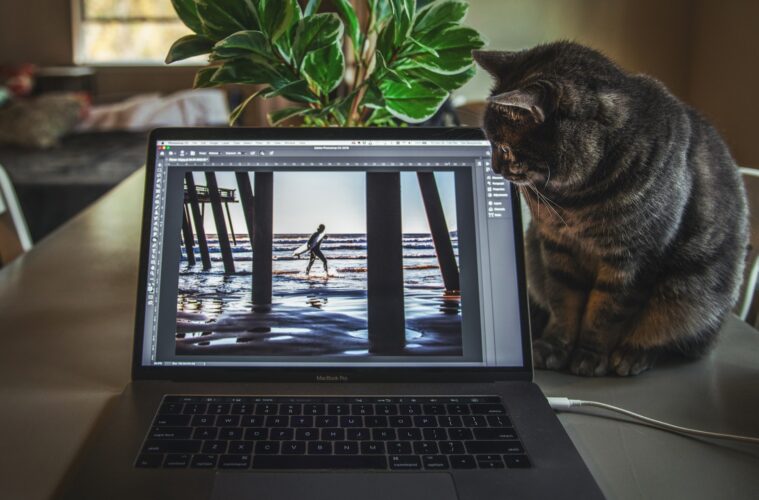Tips to improve your photo editing skills – Mastering the art of photo editing is a valuable skill that can elevate your photography to new heights. In today’s digital age, where almost everyone has access to a smartphone with a powerful camera, being able to edit your photos effectively can make a significant difference in the final outcome. Whether you’re a professional photographer or an amateur enthusiast, having strong photo editing skills can take your images from good to exceptional. In this article, we will explore the importance of photo editing skills and provide some tips and techniques to help you enhance your abilities in this field.
Why Are Photo Editing Skills Important?
Photo editing skills are crucial because they allow you to transform your raw images into stunning visuals that captivate the viewer. While a good photograph can convey a message or evoke emotions, photo editing provides you with the tools to enhance and amplify those aspects further. It enables you to correct exposure issues, adjust colours, sharpen details, remove distractions, and add artistic effects, among many other possibilities.
Photo editing also allows you to have greater control over the final output of your images. Lighting conditions, environmental factors, and technical limitations can sometimes hinder your ability to capture the perfect shot in-camera. However, with editing software, you can correct and improve these aspects, effectively giving yourself a second chance to create the desired impact.
Additionally, photo editing is a form of creative expression. It allows you to put your own unique stamp on your images, making them stand out from the crowd. By mastering various editing techniques, you can develop a consistent style that becomes your signature, setting you apart as a photographer.
Tips to Improve Your Photo Editing Skills
1. Understand Your Editing Software:
Familiarise yourself with the editing software you use. Whether it’s Adobe Photoshop, Lightroom, GIMP, or any other programme, learn the basic tools and functions they offer. Experiment with different features and explore tutorials and online resources to expand your knowledge.
2. Shoot in Raw Format:
Whenever possible, shoot in raw format rather than JPEG. Raw files retain more information and offer greater flexibility in post-processing. They allow you to make more significant adjustments without compromising image quality.
3. Establish a Workflow:
Develop a consistent workflow for your editing process. Start with basic adjustments such as exposure, contrast, and white balance, and gradually move on to more specific edits. Having a defined sequence ensures efficiency and helps you maintain consistency in your work.
4. Master the Basic Adjustments:
Learn how to effectively adjust exposure, contrast, highlights, shadows, saturation, and sharpness. These fundamental adjustments can significantly improve the overall look of your images.
5. Get Comfortable with Layers and Masks:
Layers and masks are powerful tools in photo editing software that allow you to make targeted adjustments. Learn how to use them to selectively apply changes to specific areas of an image, providing greater control and precision.
6. Study Colour Theory:
Understanding colour theory is essential for effective photo editing. Learn about colour harmony, complementary colours, colour grading, and colour correction techniques. Experiment with different colour combinations to achieve the desired mood and atmosphere in your images.
7. Remove Distractions:
Unwanted elements or distractions can sometimes ruin an otherwise great photo. Familiarise yourself with tools like the clone stamp and healing brush to remove or minimise distractions seamlessly. Be careful not to overdo it, as natural-looking results are key.
8. Enhance Details:
Sharpening, noise reduction, and clarity adjustments can bring out the fine details in your images. However, be cautious not to over-sharpen or introduce excessive noise reduction, as it can degrade image quality.
9. Experiment and Develop Your Style:
Don’t be afraid to experiment with different editing techniques and effects. Play around with presets, filters, and plugins to discover new possibilities. Over time, you’ll develop your own unique style that reflects your artistic vision.
10. Seek Feedback and Learn from Others:
Share your work with other photographers or join photography communities and forums to receive constructive feedback. Observing and learning from the editing techniques of others can be incredibly valuable in expanding your skill set.
Tips to Improve Your Photo Editing Skills Conclusion
Mastering photo editing skills is a continuous journey that requires both practice and experimentation. By understanding the importance of photo editing, familiarising yourself with editing software, and implementing the tips and techniques mentioned above, you can elevate your images and unleash your creative potential. Remember, photo editing should enhance your photographs and bring out the best in them while staying true to your artistic vision. So go ahead, explore the vast world of photo editing, and let your imagination soar.





